With so many amazing things to see and do in Germany, visitors to this fabulous country have their work cut out trying to fit everything in. While it is home to beautiful landscapes and scenery, most visitors head towards Germany’s iconic and impressive cities, which are so full of life. Steeped in history, their ancient streets are home to world-class museums, fine dining options, biergartens (beer gardens), spas and more.
Whether it is beautiful medieval city centers, fairytale castles, impressive cathedrals you are after, or renowned nightlife and trendy hip alternative bars, the best cities in Germany have it all!
Berlin
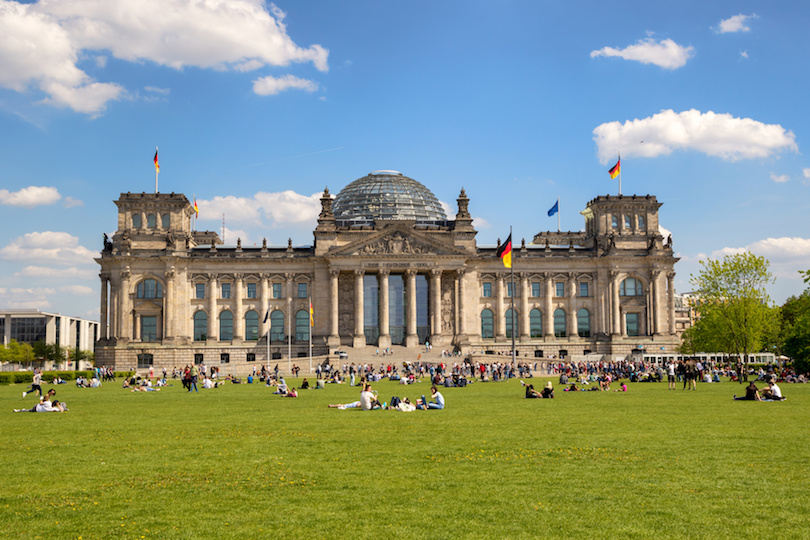
Germany’s sprawling capital really does have everything you could want from a city. Large green spaces are spread throughout its graffiti-strewn, concrete buildings, while trendy and unique bars, restaurants, cafes and nightclubs are hidden among the grime of this thriving city that is renowned for its nightlife.
See also: Where to Stay in Berlin
With a vibrant cultural and arts scene, museum island is particularly captivating to visit – although that is probably too mainstream for many visitors to the city. Famed for its alternative scene and acceptance that anything goes, simply being in Berlin and experiencing the atmosphere is intoxicating in itself.
Steeped in history, walking along the Berlin Wall and visiting the haunting Holocaust memorial are just two must-do activities in this multicultural and modern city.
Munich
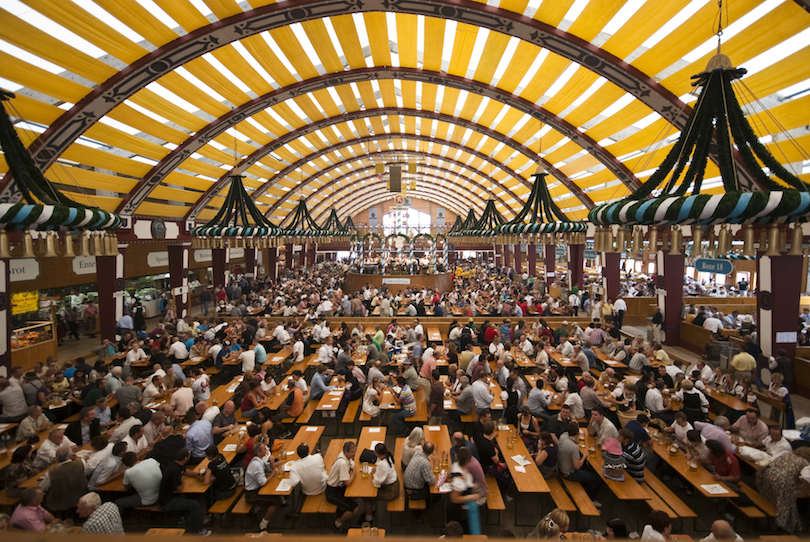 © Alberto Dubini / Dreamstime
© Alberto Dubini / DreamstimeThe heart of Bavaria, Munich is a fantastically wealthy city that perfectly highlights its rich cultural heritage while remaining contemporary at the same time. While visitors descend upon Munich at any time of year, the zenith is obviously during Oktoberfest, when the streets are flowing with beer, and lederhosen-clad people make merry.
Renowned for its art scene, the city has world-class museums as well as numerous royal palaces to gaze upon – not to mention a thriving gastronomic scene to dig into. With a laidback way of life, the Bavarians are welcoming and perfectly happy to show off their local traditions and customs.
See also: Where to Stay in Munich
Dresden
It is almost impossible to imagine that Dresden was almost completely destroyed during the Second World War; the city’s beautiful churches, palaces and museums are so striking to behold. Located on the banks of the Elbe, Dresden has a bewitching catalogue of art and architectural styles for you to explore through its fantastic museums and rebuilt streets.
In contrast to its old treasures, the Neustadt has lots of trendy restaurants and bars for visitors to let their hair down in, with many people heading here to enjoy an energetic nightlife scene.
Hamburg
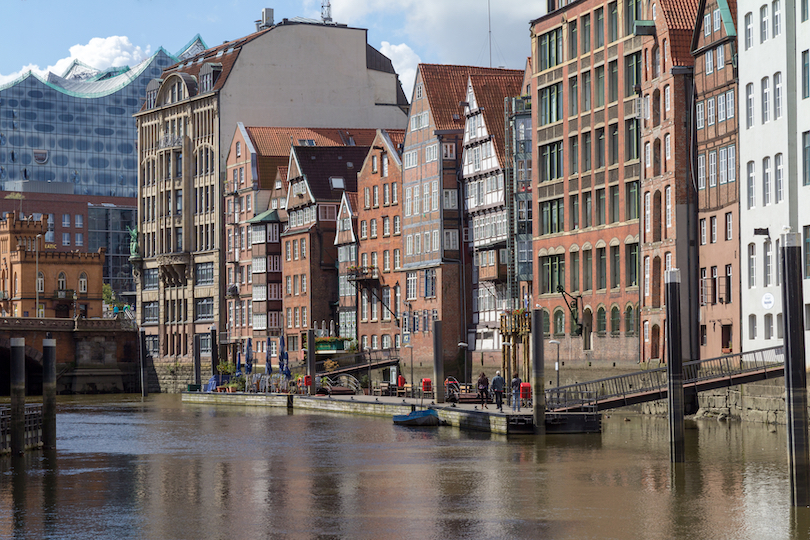
The second largest city in Germany, Hamburg has a bustling port that has welcomed people to its shores to trade and make merry since the Middle Ages. This maritime identity is everywhere you look in the city, as the port and the Elbe River still play a prominent role in its citizens’ lives.
Old and new architectural styles mix together wherever you look; the amazingly modern Elbphilarmonie concert hall is comfortably located next to old brick warehouses. Indeed, music plays an important role in the city’s history, and it is here that the Beatles got their big break.
The nightlife on offer is out of this world and the famous Reeperbahn is where you want to head. Here, you’ll find a seedy red-light district, as well as music clubs, trendy cocktail bars, pulsating discos and more.
Frankfurt
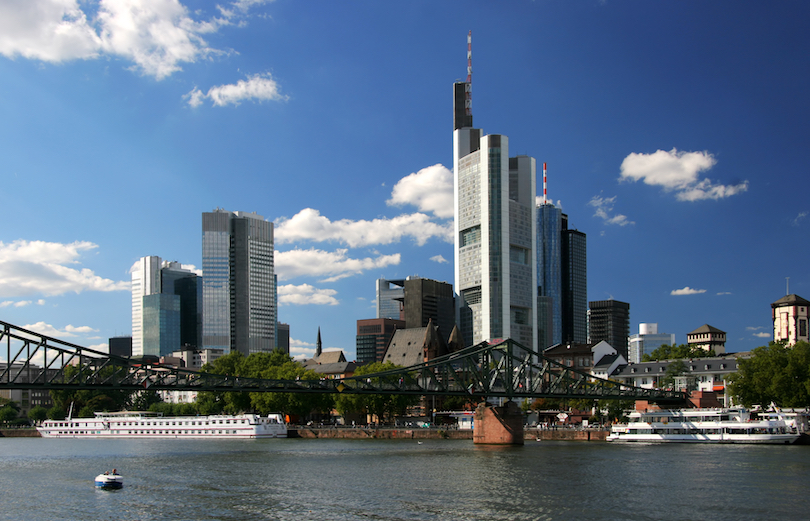
With glittering glass winking at you from its towering skyscrapers, Frankfurt is the business and finance center of Germany and much of Europe. With over 5.5-million people living in the city and its outlying edges, it is a dynamic and lively place with much to offer.
While the modern hub of the city is full of skyscrapers and businessmen, the medieval old town is a charming contrast, as quaint cafes and traditional taverns serve up delicious food and refreshing beers.
Located on the Main River, there are some lovely walks to be had along its banks, while airy parks and peaceful neighborhoods only add to the city’s charm. With a fantastic range of museums to visit and pumping nightlife to enjoy, Frankfurt is a great city to discover.
Cologne
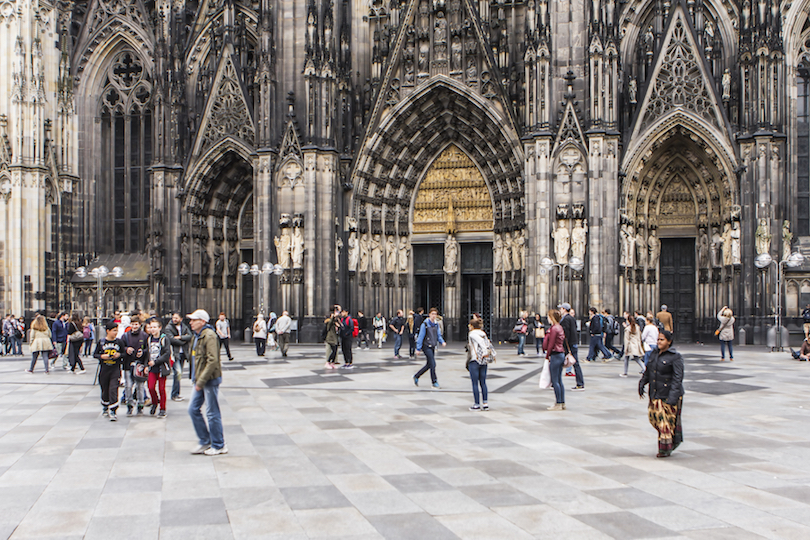 © Ed Francissen / Dreamstime
© Ed Francissen / DreamstimeWith the impressive cathedral’s twin spires towering above the city, reaching towards the heavens, Cologne is one of the most popular cities to visit in the whole of Germany. History abounds in its ancient streets.
As you stroll around, you’ll find medieval churches interspersed amongst trendy neighborhoods and the picturesque old town. With lots of good museums on offer, as well as fantastic local chocolates, beers and perfumes, Cologne has something for everyone to enjoy.
If you’re feeling particularly amorous, you can always leave a locket declaring your undying love at the Hohenzollernbrucke bridge.
Leipzig
The largest city in Germany’s federal state of Saxony, Leipzig is known for its vibrant arts and culture scene shaped by famous music composers like Bach, Richard Wagner and Felix Mendelssohn. Tourists today can enjoy performances of Bach’s music at the St. Thomas Church where Bach once served as choir leader and is now buried.
In addition to historic sites like the Old Town Hall, the city boasts several impressive structures such as the Napoleonic Monument to the Battle of the Nations and Reichsgericht, the former high court of the Reich. One of Europe’s largest town squares, the Augustusplatz, is situated at the central campus Germany’s second-oldest university.
Stuttgart
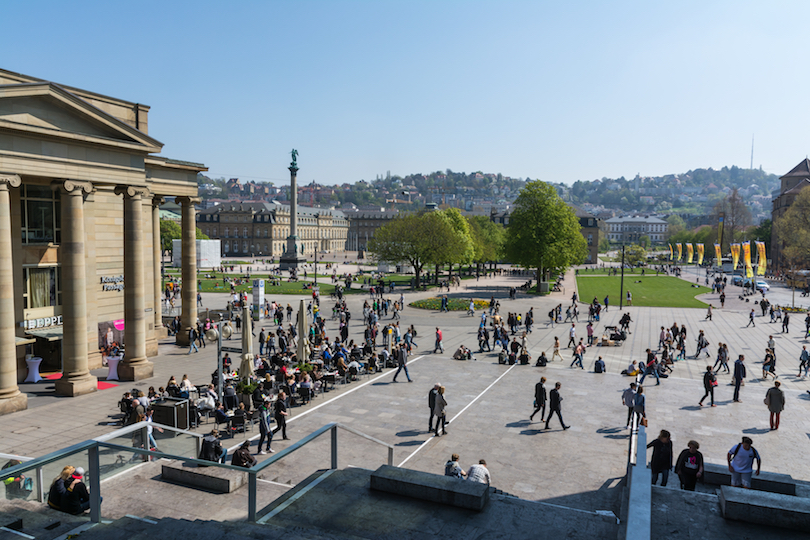 © Hunter Bliss / Dreamstime
© Hunter Bliss / DreamstimeHome to Germany’s thriving automobile industry, Stuttgarters are often half-jokingly called ‘stuck up’ by other Germans. While there is certainly a posh and affluent feel to the city, it is actually a welcoming and friendly place.
Despite its large size, Stuttgart has a laidback atmosphere, and residents happily spend their time in its fantastic biergartens or hiking in the nearby hills surrounding the city. With an eclectic mix of architectural styles on show, marvelous museums, and lots of fine dining options, Stuttgart will not disappoint.
Heidelberg
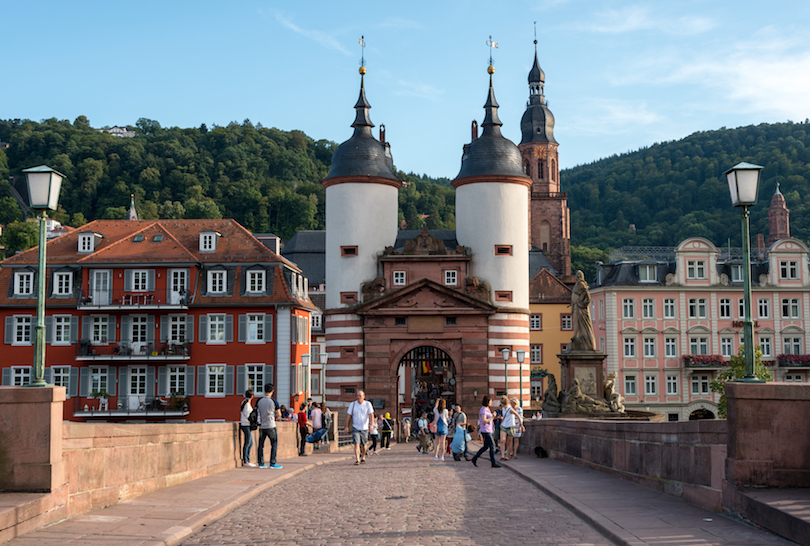 © M. Ppalis / Dreamstime
© M. Ppalis / DreamstimeLying on the banks of the River Neckar, Heidelberg is set amidst a stunning landscape and is home to the oldest university in the country. With beautiful forest surrounding it, the city is particularly known for its incredible red brick castle, which looks out over the houses and river below.
The picturesque Altstadt is magical, thanks in large part to the uniform architectural style that survived WWII. A laidback place, the sizeable university population adds a multicultural and youthful feel to its streets.
Düsseldorf
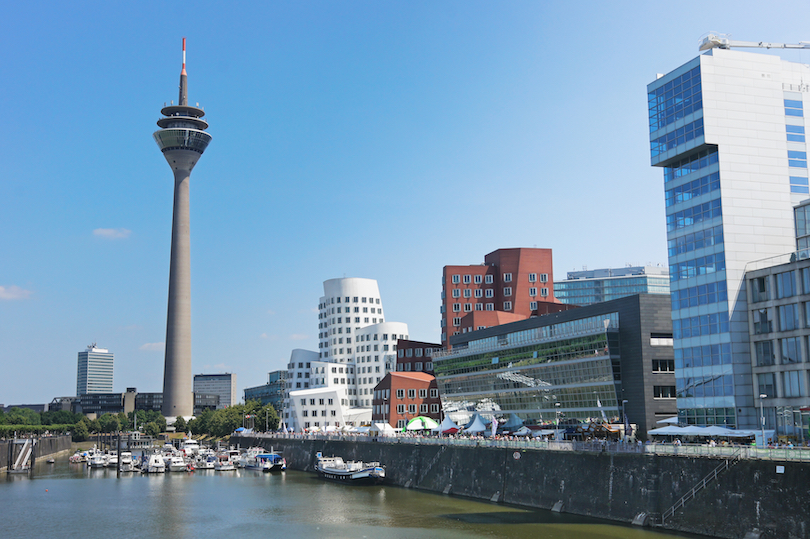
One of the wealthiest cities in Germany, there is a posh feel to this modern city, as demonstrated by the banking and fashion industries that call it home. While there is definitely a modern side to Düsseldorf – where innovative and creative architectural styles can be found – the Altstadt highlights more tradition styles in its lovely buildings, which were painstakingly restored after being destroyed in WWII.
Its renovated harbor area is fantastic to witness at night, as lights glimmer alluringly off the Rhine, shimmering off avant-garde and daring buildings. With a pulsating nightlife and a lively arts and culture scene, Düsseldorf is an exciting city.
Bremen
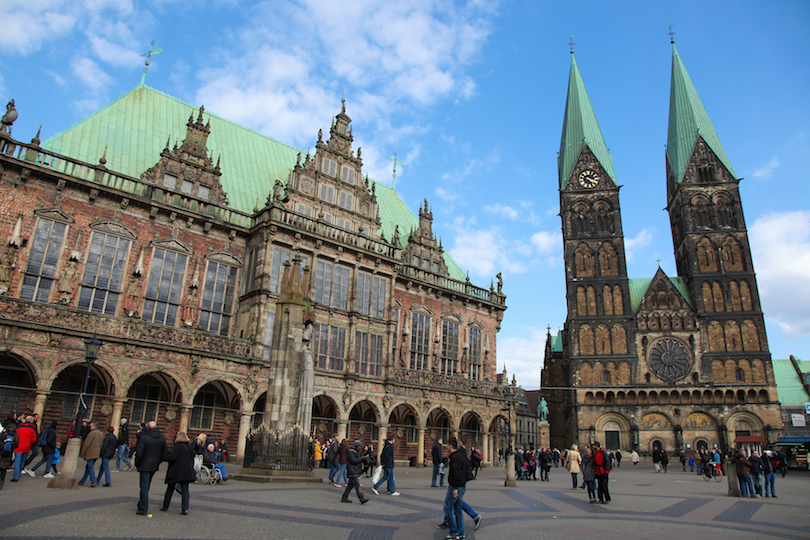 © Jorisvo / Dreamstime
© Jorisvo / DreamstimeA welcoming and friendly place, Bremen is a great city to visit or live in. Combining modern industries and technology with enchanting old streets and a bewitching Expressionist quarter, Bremen is an intriguing city with a laidback vibe which belies its large size. As well as its beautiful old center and fantastic museums, trendy neighborhoods hide great restaurants, teeming bars and upbeat nightlife options.
Nuremberg
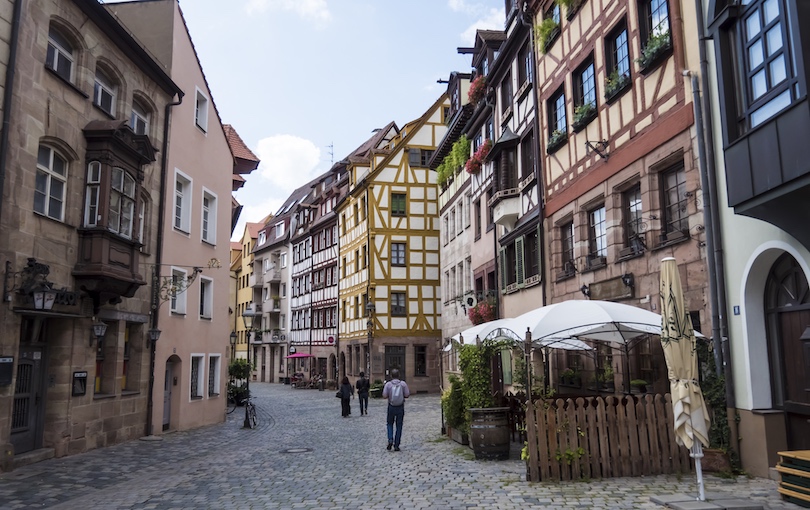
Famous for the Nuremberg Trials which took place here after the Second World War, history drips from every surface. Although it was heavily bombed during WWII, much of the city’s architectural wonders have been restored. Having once acted unofficially as the capital of the Holy Roman Empire, untold riches were drawn to the city, with German kings only adding to its grandeur later on.
This is evidenced by the delightful castle and churches which can be found in the old town. While Nuremberg is worth visiting at any time of year due to its sumptuous beers and bustling nightlife, Christmas is particularly magical, thanks to its sprawling, twinkling Christmas market.
Wiesbaden
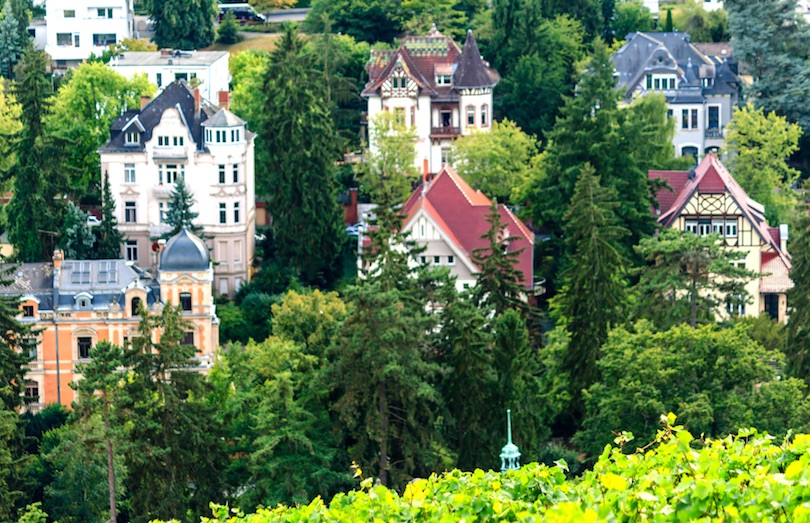 © Moskwa / Dreamstime
© Moskwa / DreamstimeRebuilt after the Second World War, Wiesbaden is now full of lovely neoclassical architecture and leafy parks. One of the oldest spa towns in the whole of the country, its fantastic spas and peaceful wellness centers are the main attraction. Wiesbaden is the perfect place if you are looking to unwind. Lying on the banks of the Rhine, from here you can easily visit the nearby wine regions that produce such fine wines. Wiesbaden is the main base for the US Army in Europe.
Regensburg

Dating all the way back to Roman times, Regensburg’s long history means that it has several fine old buildings to visit that are among the best in Bavaria. Its medieval old town is mesmerizingly beautiful, with a towering cathedral and ancient stone bridge. The plethora of outdoor cafes give it a slightly Italian flair. With three universities located in the city, it is a lively yet laidback place, which is definitely fun to experience.
Lübeck
Lübeck accumulated considerable wealth as the capital of the Hanseatic League from the 11th to the 17th century. Many merchants made a fortune on shipping salt to other Baltic port cities in exchange for valuable goods needed in Germany. Many impressive warehouses are located at the old harbor and are transformed into museums, shops, restaurants or pubs today. Its medieval skyline, mainly composed of seven Gothic-style church towers, is still intact as is the famous Holstentor, one of two city gates that are still standing.
Essen
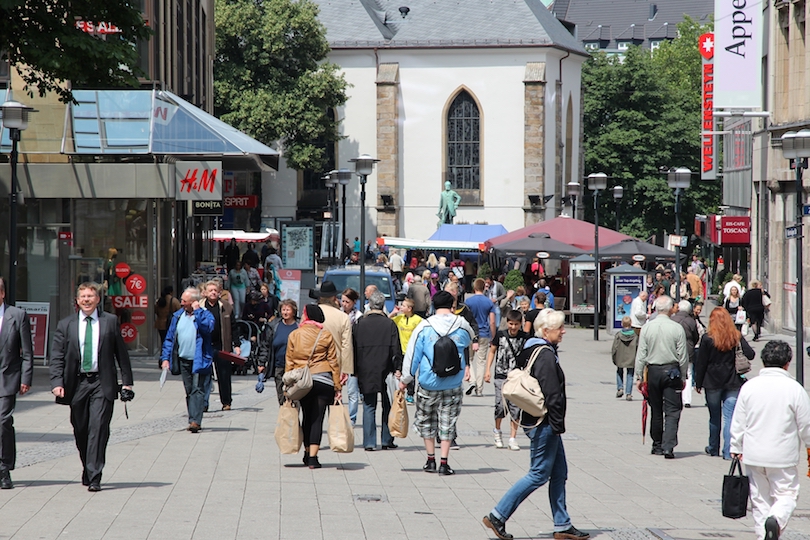 © Tupungato / Dreamstime
© Tupungato / DreamstimeBuilt on coal and steel, Essen has now moved to commerce and culture to attract visitors and locals to the city. While its former heavy industries still dominate Essen’s features, you can now visit many great museums which highlight its rich history.
In addition to the cultural attractions, a lovely green belt cuts through the city, and the old medieval part of town is a real adventure to explore.
Hannover

Often overlooked in favor of nearby Hamburg and Bremen, Hannover has a laid-back way of life and will slowly grow on you – even if it is a slightly drab place due to the hasty reconstruction after WWII. With lots of great museums, a lively arts and culture scene and a massive exhibition center, there are more than enough reasons to spend some time here.
Green spaces dot the city, with the fantastic Herrenhauser Garten being particularly lovely. The largest urban forest in the whole of Europe lies on its outskirts. In summer, its huge computer and technology fairs attract throngs of people to the city.
Stralsund

Its location on the Baltic coast made Stralsund into a major trading center in the 14th and 15th centuries. It is famous for the Brick Gothic architecture, a style the city helped promote in the 17th and 18th centuries. Travelers can see these buildings, including the Rathaus, or town hall, at the Old Market Place. Visitors rave about one of Europe’s top museums, the Ozeaneum, a fantastic aquarium devoted to sea life in the North and Baltic seas.
Schwerin

Schwerin, the capital of Mecklenburg, is a thousand-year-old city best known for Schwerin Palace that sits on an island in Lake Schwerin. The picturesque palace is now home to the state parliament. The State Art Museum has an outstanding collection of works by 16th century Dutch painters as well as works by German artists from medieval times to today. The city is surrounded by seven lakes that have turned it into a scenic wonderland.
Wismar

Located on the Baltic Sea coast, Wismar was established in the 13th Century during a period of Germanic colonization of Slavic lands. It was part of the Hanseatic League, a trade network of about 200 ports and inland towns. In the 17th century Wismar came under Swedish rule, a status which it kept until 1803. Today, Wismar’s old town contains traces of history going back to the middle ages, including several outstanding brick gothic churches and old houses.
Potsdam

Potsdam was the capital of Brandeburg and later Prussia, until it was replaced by nearby Berlin. It was still used as a residence for the kings of Prussia when they wanted to get away from the big-city trouble in Berlin. Today a large network of interconnected lakes and palaces are the main attraction in this city. Most notably is the Sanssouci Palace (French for “without a care”This palace once served as the summer home of Frederick the Great. The original portion is a one-story rococo style palace perched above a vineyard.
Weimar

Weimar, a town of 65,000 in Thuringia; it was where Germany’s first democratic constitution was signed following World War II. Weimar also was home to a number of classical composers like Liszt and classicism writers like Goethe and Schiller, all of whose homes are museums. The Markt is great for buying picnic fixings. Weimar boasts beautiful parks and gardens, and old churches that are worth a visit. The Herzogin Anna Amalia Bibliothek is a research library considered the city’s top attraction.
Marburg

A popular student hangout since the University of Marburg was founded in 1527, public life in this town still centers around the university today. Marburg is famous for the castle Marburger Schloss and for its medieval Gothic churches like St. Elizabeth’s that are considered some of Germany’s best. It’s a green city with one of Germany’s first pedestrian zones. Visitors won’t want to miss the metal rooster that flaps his wings from atop the town hall.
Baden-Baden

Travelers looking for pampering will want to head to chic Baden-Baden, a spa town at the edge of the Black Forest. It’s a popular destination for those who want to relax in a thermal hot springs, while visitors with more energy can play golf and tennis, go horseback riding through the forest, and ski in the winter. Others may want to ride the funicular to the top of MerkurBergbahn for stunning views of the city.
Tübingen

Tübingen is a small university town, located near the city of Stuttgart. The Second World War left the city largely unscathed, mainly because of the peace initiative of a local doctor. The old town, which lies along the Neckar river looks much as it would have in the 1600s with its crooked, cobblestone streets. More modern science faculties and student residences perch on the large hills that surround the center of town.
Freiburg

Situated on the edge of the Black Forest close to France and Switzerland, Freiburg is a laid-back, beautiful university city. Picturesquely located on the river Dreisam, in between green mountainsides, it enjoys one of the sunniest and warmest climates among German cities. Freiburg was founded in 1120 and has been a city of importance ever since, which is reflected in the rich medieval and renaissance architectural heritage of its Altstadt.
Würzburg

Founded in the 10th century, Würzburg served as the home of powerful prince-bishops for many centuries. It is renowned for the Würzburger Residence, regarded as one of the finest palaces in Europe and a high point of Baroque art, The city is also home to one of the oldest churches in Germany, built in the 8th century on top of a former pagan shrine. One of its most famous structures, Festung Marienberg, is a fortress, which now surrounds the church. It is a beautiful, historic, and lively city that is often overlooked by foreign visitors.

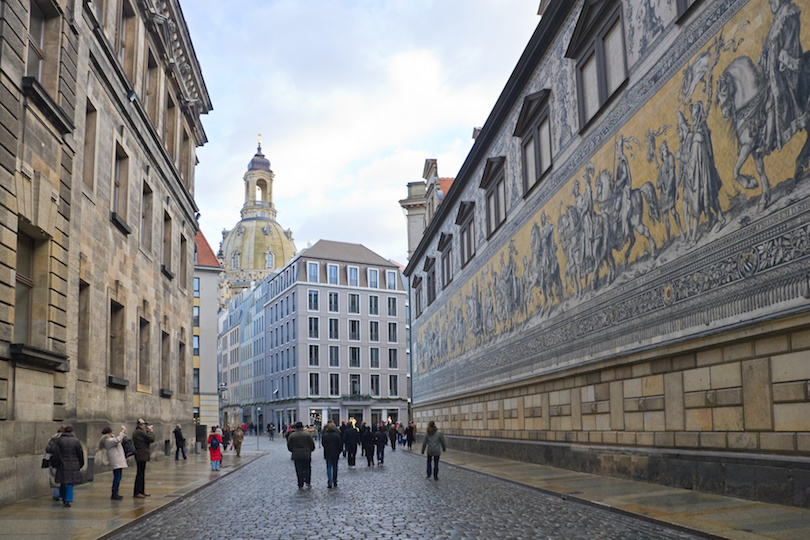
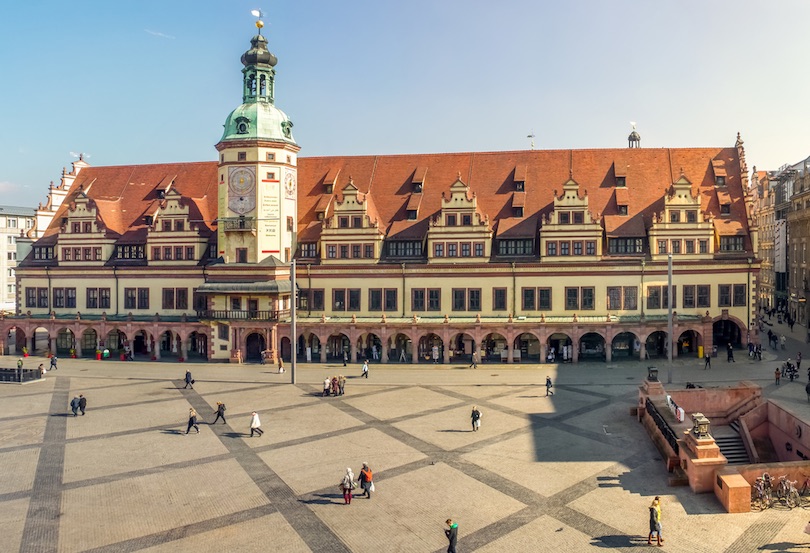
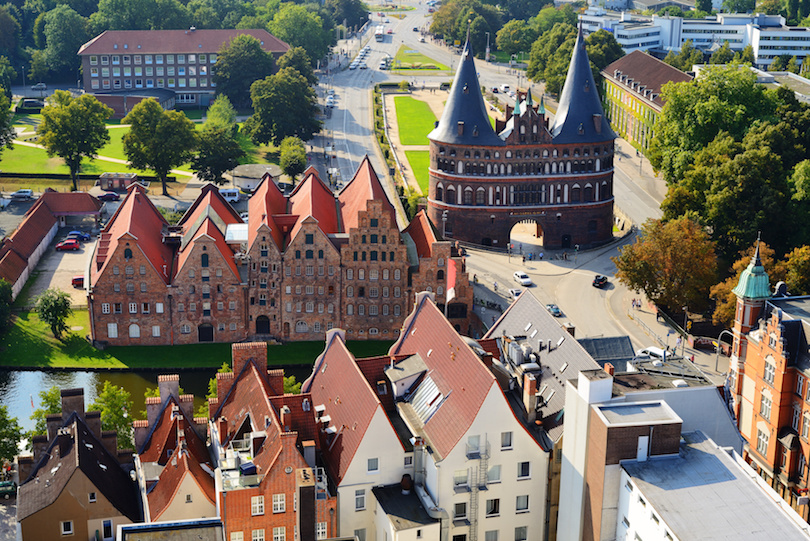
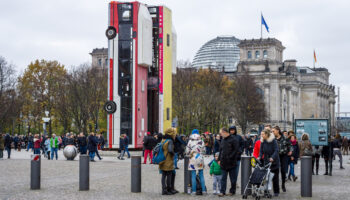
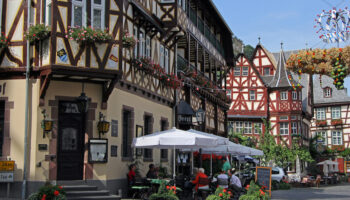
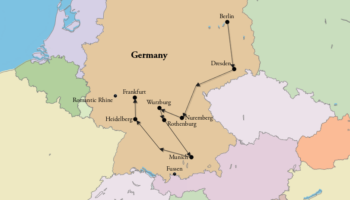
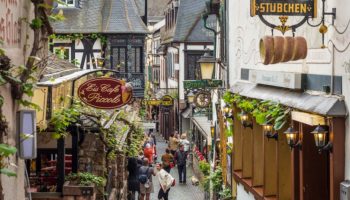



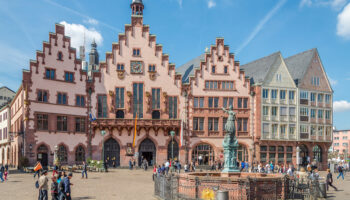
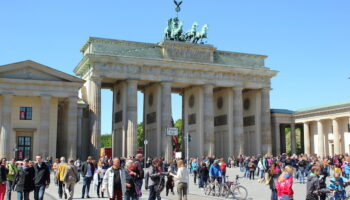
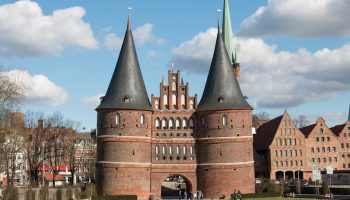
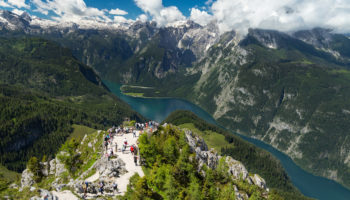
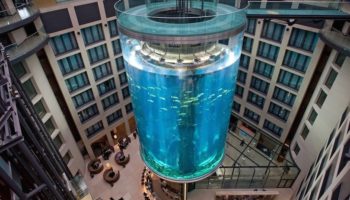
Leave a Reply